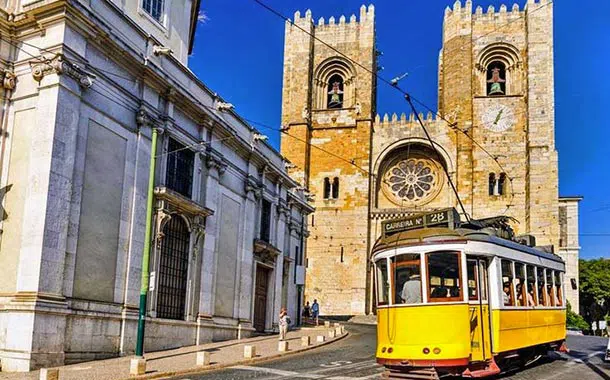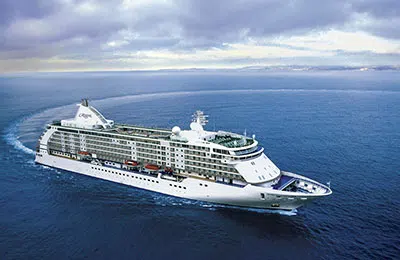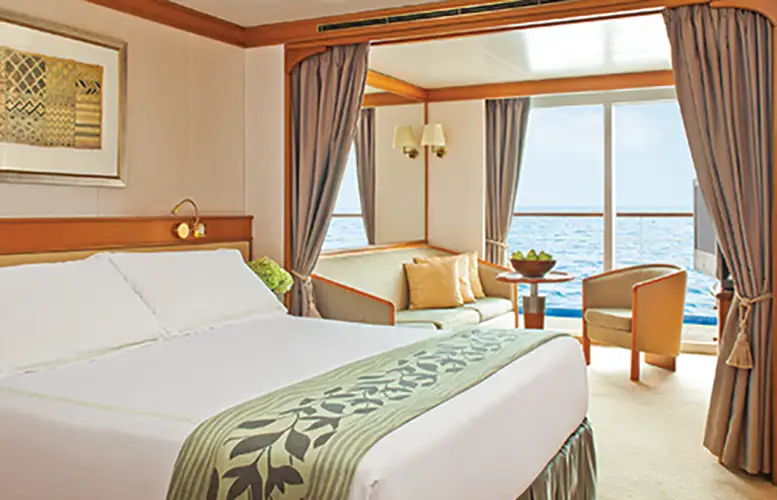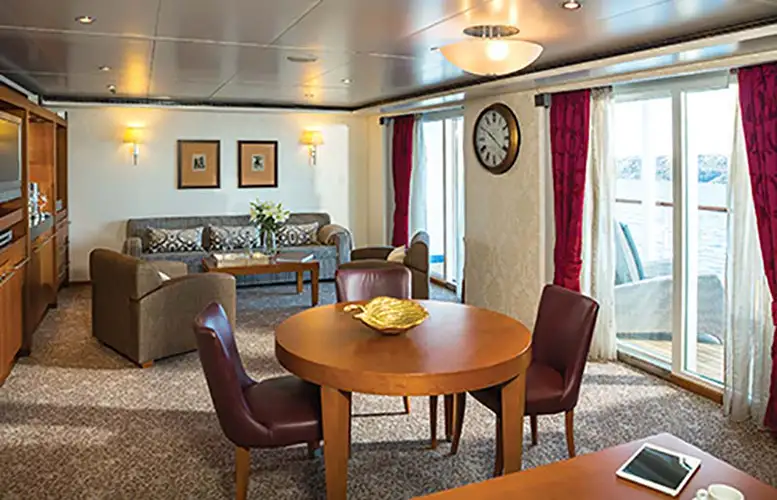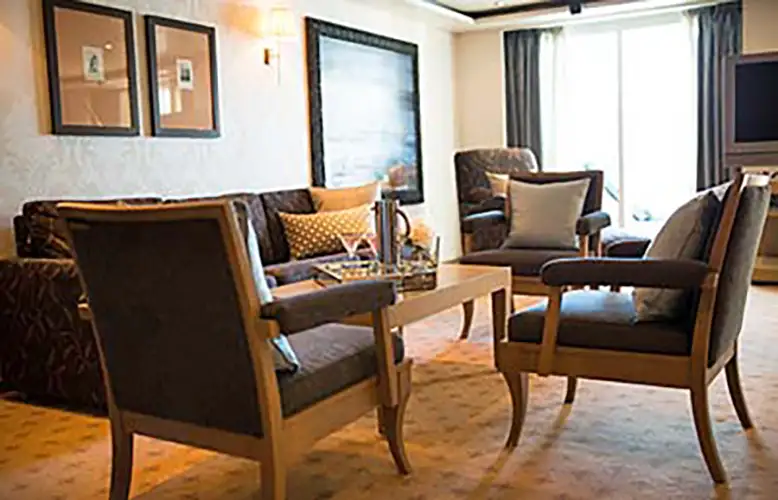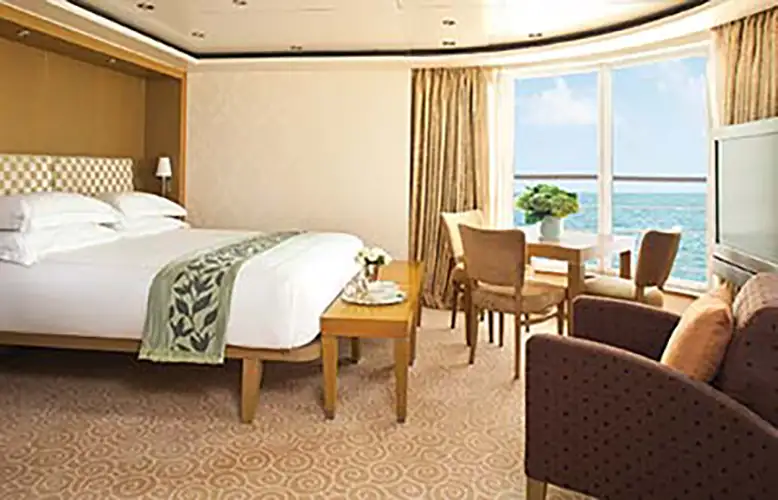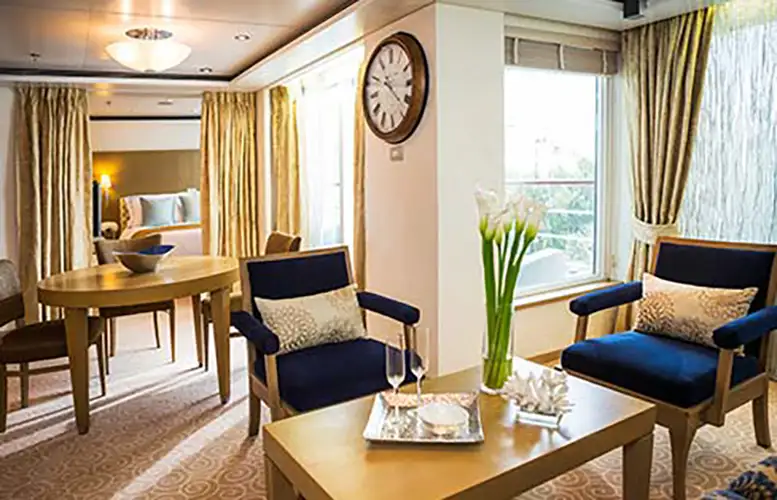Regent Northern Europe: 12 nights from Hamburg with Seven Seas Voyager
Sep 2, 2025
Germany, Netherlands, Belgium, France, Guernsey, Spain, Portugal
Cruise itinerary
Departure Port: Hamburg ➞
Landing: Lisbon
-
Tuesday, September 2, 2025 - 5:00 PMHamburg
-
Wednesday, September 3, 2025Navigation
-
Thursday, September 4, 2025 7:00 AM - 6:00 PMAmsterdam
-
Friday, September 5, 2025 7:00 AM - 4:00 PMBrussels
-
Saturday, September 6, 2025 9:30 AM - 8:00 PMParis
-
Sunday, September 7, 2025 7:30 AM - 1:30 PMSaint Peter Port
-
Monday, September 8, 2025 8:15 AM - 6:45 PMLorient
-
Tuesday, September 9, 2025 10:15 PM - not foundBordeaux
-
Wednesday, September 10, 2025 not found - 8:45 PMBordeaux
-
Thursday, September 11, 2025Navigation
-
Friday, September 12, 2025 7:00 AM - 4:00 PMLa Coruna
-
Saturday, September 13, 2025 8:00 AM - 5:00 PMOporto
-
Sunday, September 14, 2025 7:00 AM 5:00 PMLisbon
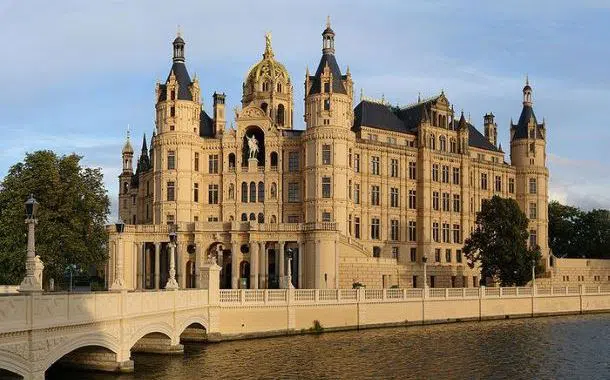
Hamburg
Hamburg is without a doubt the best city in Europe for seeing unique bridges. Its tourist sites are characterised by the typical bohemian style of the sailors and its port.
Just behind Berlin in terms of size and population, the city of Hamburg is home to one of the largest ports in Europe. You will understand why it is know as the 'Venice of the North', when you explore its many canals and waterways. Do not forget to take a trip to the fish market and to the merchants' district, where you will find unique architecture and impressive red brick buildings. Having a delicious dinner by the river or spending a night in the university district is a must.
Hamburg is a destination with many tourist attractions, especially its ancient port and the exclusive lake located in the city centre.
You should also be sure to visit the renowned Kunsthalle (north of the Hauptbahnhof). The Kunsthalle houses an art collection of international importance, covering everything from medieval portraits to 20th century minimalism.
The Rathaus, a neo-Renaissance style building, is home to Hamburg's city hall. When Parliament is not in session, several guided tours are available.
There are also big exhibitions and historical events that are great for tourists.
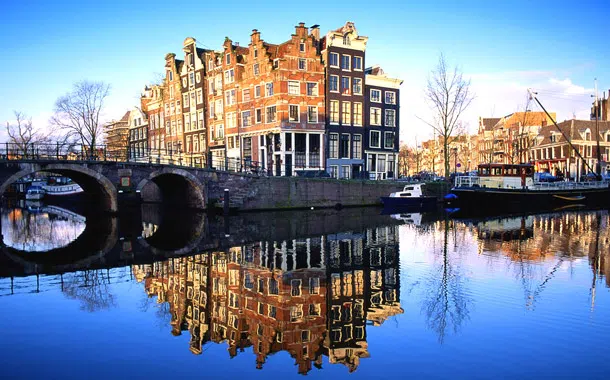
Amsterdam
Amsterdam is a charming city with a particularly relaxing and serene atmosphere, despite its large size. The city has been a World Heritage Site since 2010 and has buildings dating back to the sixteenth and seventeenth centuries. It is no coincidence that it is one of the most visited cities in the world.

Brussels
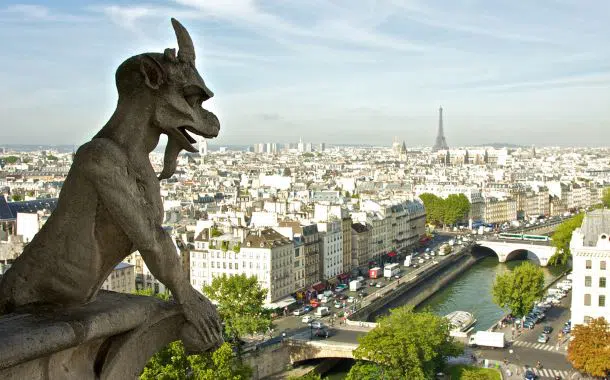
Paris
Paris is a unique city that makes everyone who visits it fall in love with it. Its atmosphere is magical, and its many characters make it beautiful and varied. Walking along the streets in Paris brings you back in time. In short, walking in Montmartre, you will relive the atmosphere of the Belle Époque, when Paris was the best destination for artists in search of fame.
Some of the most famous painters in the world chose Paris as the city to settle in, including Pisarro, Van Gogh, Toulouse-Lautrec and Modigliani. The city offers all kinds of attractions, from noteworthy works of architecture such as the Notre-Dame Cathedral, dated back to 12th century and the principal place of worship of the city and the Arc of Triomphe, located at the end of Champs-Élysées and built to celebrate Napoleone Bonaparte's victories.
It is inconceivable that you go to Paris and you do not visit the Palace of Versailles that was the residence of the Sun King until the French Revolution. The palace is located about 20 kilometers from the center and it is a true spectacle, both inside and outside. Famous is the Gallery of Mirrors, where the play of light makes it looks like as if it were bathed in gold, and its gardens, as far as the eye can see, are true gems. The interplay of perspective was designed by the architect André Le Nôtre and the result is an
expanse of water play and geometry, sculptures and canals. If you are an art lover, you can indulge yourself in Paris. The Gare d'Orsay, is a real railway station used as art gallery in 1986, features some of
the world's most famous works, such as Degas's ballerinas or Renoir's portraits. The structure itself is noteworthy: it is the old Paris station dating back to 1900.
Worth mentioning is the Centre Pompidou (or Beaubourg), inaugurated in 1977 and restructured in the 1990s by a group of architects including Renzo Piano. The gallery hosts works of architecture, modern art and photography with a permanent exhibition that is always active and lots of itinerant exhibitions that go hand in hand with conferences, concerts and cultural activities. Another attraction not to be missed is the Bibliothèque Publique d'Information, located inside Beaubourgand it is the main library in Paris that hosts hundreds of thousands of sources including books, magazines, maps, scores and much more.
Paris is also the city of fashion. Some of the most famous and exclusive brands have their headquarters in this city and the Fashion Week makes the city full of eccentric people showing off their extravagant outfits.
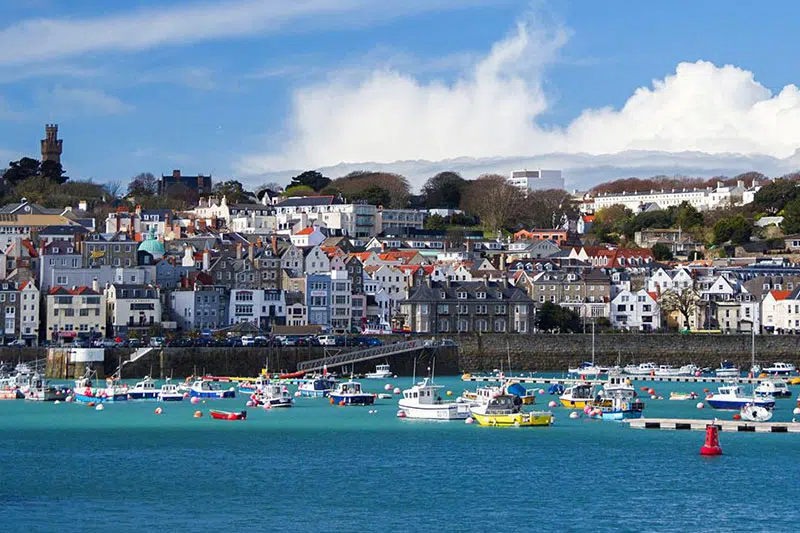
Saint Peter Port
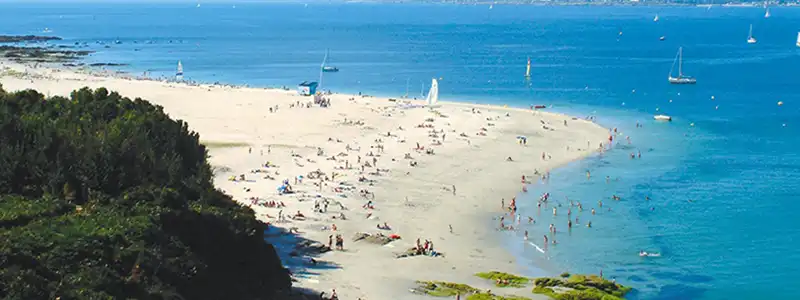
Lorient
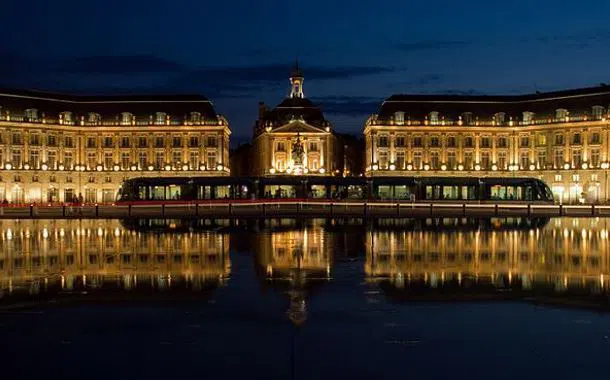
Bordeaux
Bordeaux is city on the Atlantic Ocean and its port hosts big ships. The city had initially the name Burdigala and was established in III Century B.C. by the Gallic people.
It was a neuralgic centre for the International commerce of tin and lead. After the arrival of the Romans, Bordeaux becomes one of the richest cities of Gallia and is robbed many times by populations such as Visigoths and Vandals. With the passing of time, the City starts economic relationships with England trading in salt and wine and, in XVI Century, also the colonial sugar and slaves start having a leading role in the sustenance of the city.
Bordeaux has a liveable city centre that can be visited by foot and that offers beautiful attractions and energy. At night, the city get crowded with young people filling up the main squares and the bars where you can taste excellent wines and plunge in the romantic atmosphere that the city assumes after the sunset. You can’t miss out Château de la Brède, a gothic style castle dated back to XIV Century, surrounded by a moat and an English garden. The philosopher Montesquieu lived here and tourists can visit his library and his bedroom that are just like they were in XIX Century.
We suggest to visit also the beautiful Saint Eloi Church. Established in XII Century, the construction and renovation works lasted until 1400’s. The current structure is dated back to this period. The church is one of the stop-overs of Santiago de Compostela walking tour and is part of UNESCO World Heritage. Bordeaux offers a wide variety of gastronomic and wine choices. There are many restaurants and bars where you can taste the best wines on the market and an amazing cuisine.

Bordeaux
Bordeaux is city on the Atlantic Ocean and its port hosts big ships. The city had initially the name Burdigala and was established in III Century B.C. by the Gallic people.
It was a neuralgic centre for the International commerce of tin and lead. After the arrival of the Romans, Bordeaux becomes one of the richest cities of Gallia and is robbed many times by populations such as Visigoths and Vandals. With the passing of time, the City starts economic relationships with England trading in salt and wine and, in XVI Century, also the colonial sugar and slaves start having a leading role in the sustenance of the city.
Bordeaux has a liveable city centre that can be visited by foot and that offers beautiful attractions and energy. At night, the city get crowded with young people filling up the main squares and the bars where you can taste excellent wines and plunge in the romantic atmosphere that the city assumes after the sunset. You can’t miss out Château de la Brède, a gothic style castle dated back to XIV Century, surrounded by a moat and an English garden. The philosopher Montesquieu lived here and tourists can visit his library and his bedroom that are just like they were in XIX Century.
We suggest to visit also the beautiful Saint Eloi Church. Established in XII Century, the construction and renovation works lasted until 1400’s. The current structure is dated back to this period. The church is one of the stop-overs of Santiago de Compostela walking tour and is part of UNESCO World Heritage. Bordeaux offers a wide variety of gastronomic and wine choices. There are many restaurants and bars where you can taste the best wines on the market and an amazing cuisine.
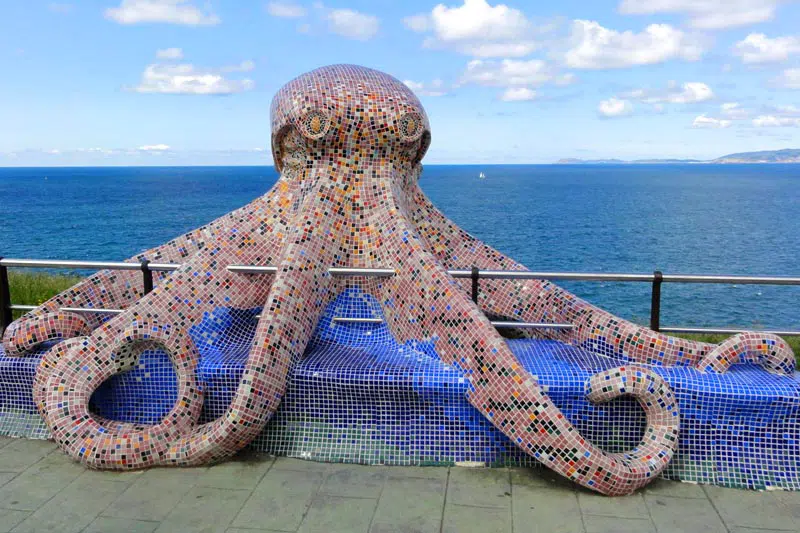
La Coruna
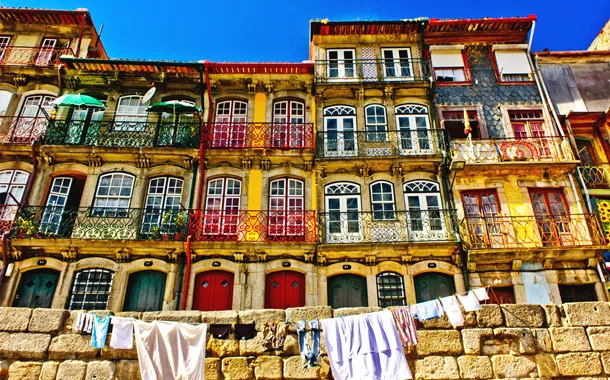
Oporto
